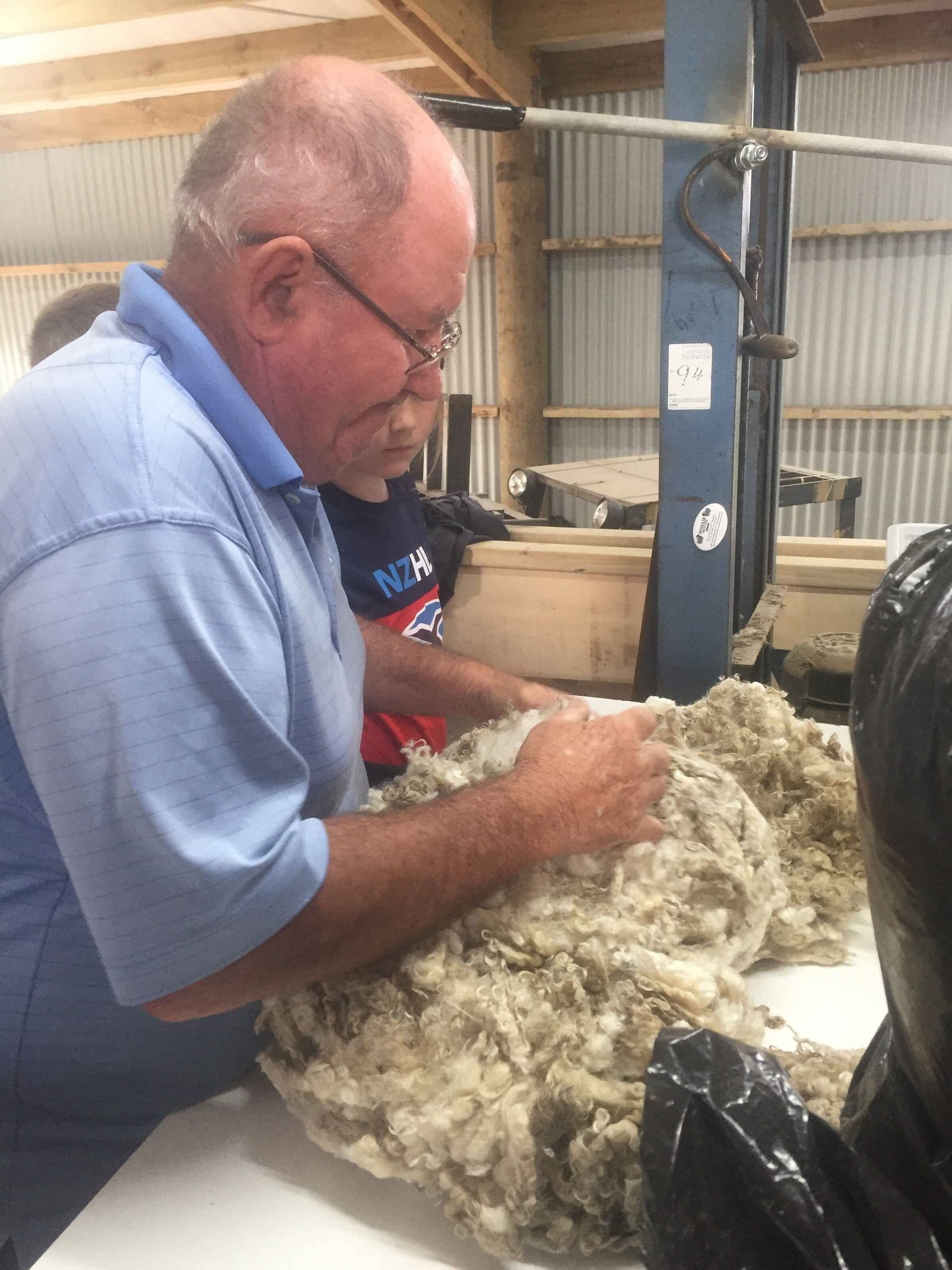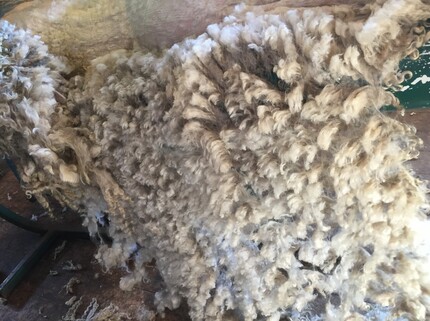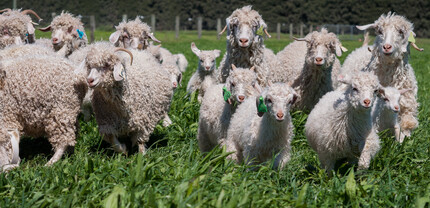OUR VALUE CHAIN
Our goal is to collect and class sustainable, high quality mohair fibre. We take pride in ensuring good returns and support to our fibre suppliers and also a quality product to the market both in NZ and overseas.
Mohair Fibres NZ Value Chain
Producing
Mohair production in New Zealand makes up 1% of the worlds Mohair.
Angora goats originated in Turkey and prefer drier climates, although, no matter what type of livestock operation you have, there is a place for the Angora goat. Angoras are a small breed. They are relaxed, docile and easy to handle. Like all goats, they are also highly intelligent.
Fences need to be stock proof and a 7 wire and batten fence is quite adequate.
Goats do not have a fat layer under the skin like sheep. Therefore, they are more vulnerable to cold wind and rain, especially after spring shearing and kidding time. Some form of shedding or shelter is required at this time.
Like any other type of livestock, Angoras need to be yarded from time to time for drenching, drafting, dipping and shearing.
Goats are browsers, whereas sheep are grazers. While they eat weeds, they need good quality nutrition in order to grow mohair. The better the quality of the food, the more mohair they grow.
A robust animal health plan is recommended to be worked out with a qualified vet.
Shearing
Angoras are shorn twice per year. The usual times for shearing are January/February and July/August. The winter shear is done about a month before the Does kid.
The first 3 shears, up until a goat is around 18 months old, produce the finer more valuable mohair. The tradeoff is the weights are less, so in effect there is not a lot of difference between most age groups in the dollar value they produce, on average, in a year.
Fibre production tends to drop off from 5 years of age.
It is recommended animals are crutched one to two months out from shearing to ensure clean fleeces are presented on shearing day.

Classing
After the goats are shorn, their fibre is sent to a warehouse where it is classed into lines based on micron, length and presence of foreign matter (ie, stains, vegetation, kemp). Once sorted, the individual lines are pressed into bales either ready for domestic use or shipped overseas as raw product.

Processing
This refers to scouring, combing and carding. See the YouTube video for more information.
Spinning & Dyeing
More information can be viewed in the YouTube link provided.
Processing Mohair Fibre for Products by Design Spun
Knitting/Weaving
Mohair is notable for its high lustre and sheen. It is often used in fibre blends to add these qualities to a textile. Being a hollow fibre, mohair takes dye exceptionally well. It is considered a luxury fibre.
Mohair is used in products such as scarves, winter hats, suits, sweaters, coats, socks, blankets and some home furnishings.
See the YouTube video of a Mohair throw being hand woven.



